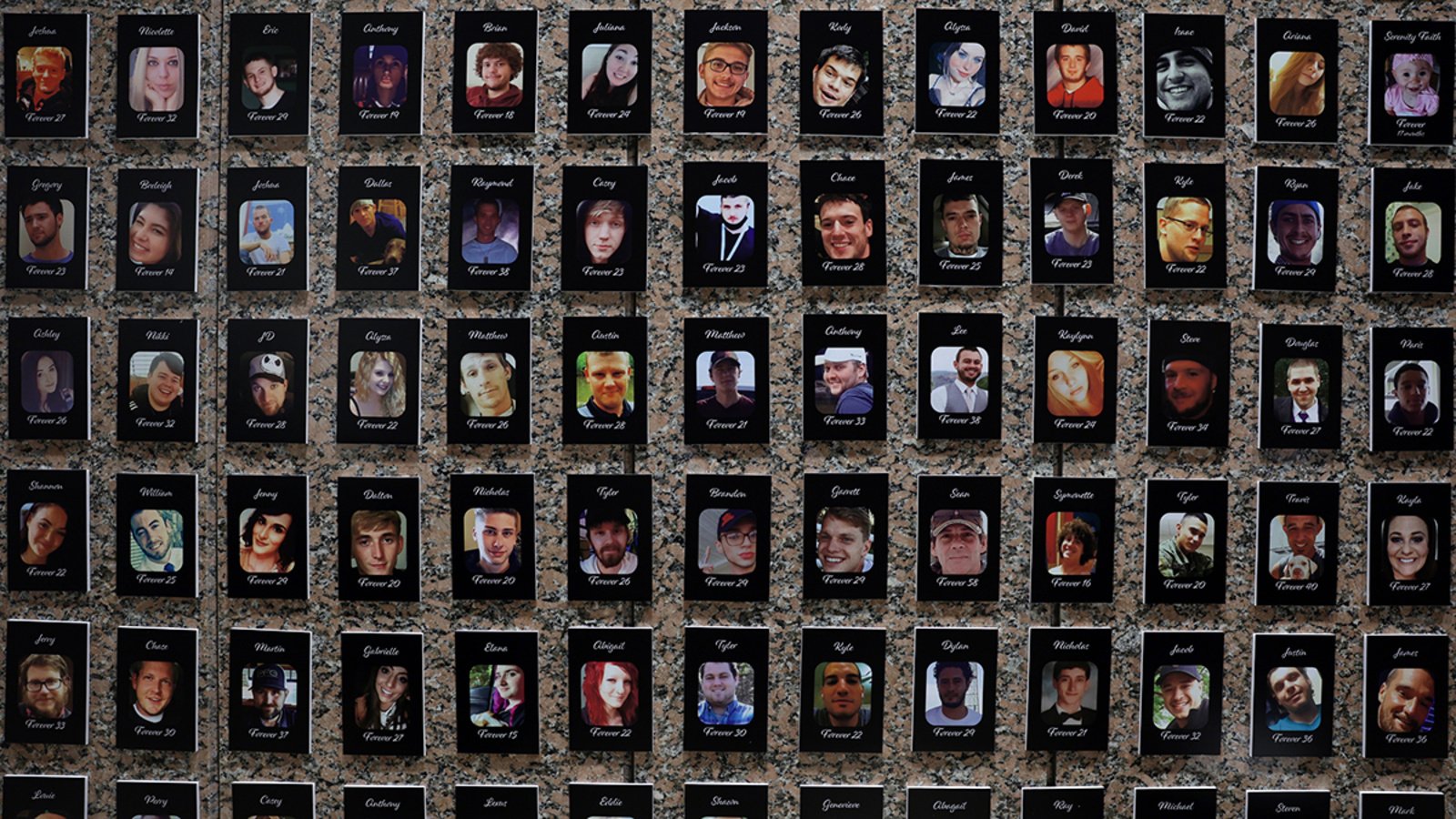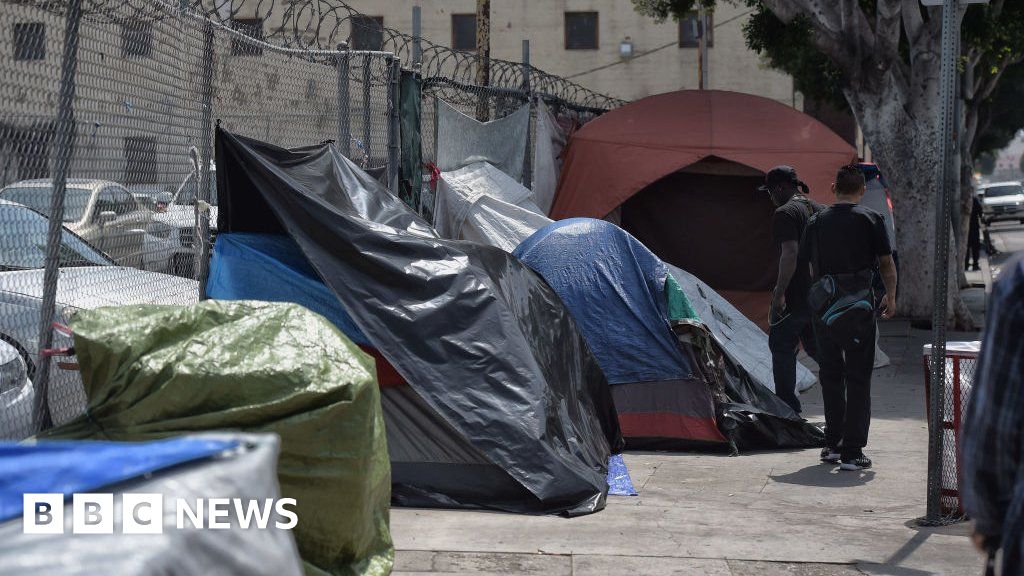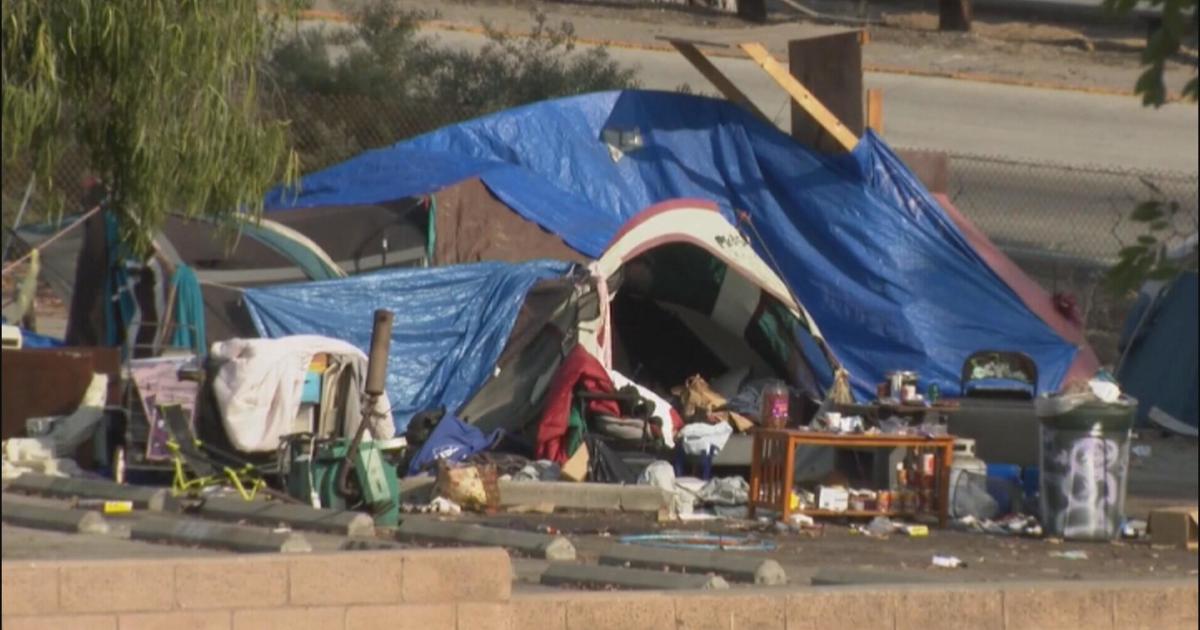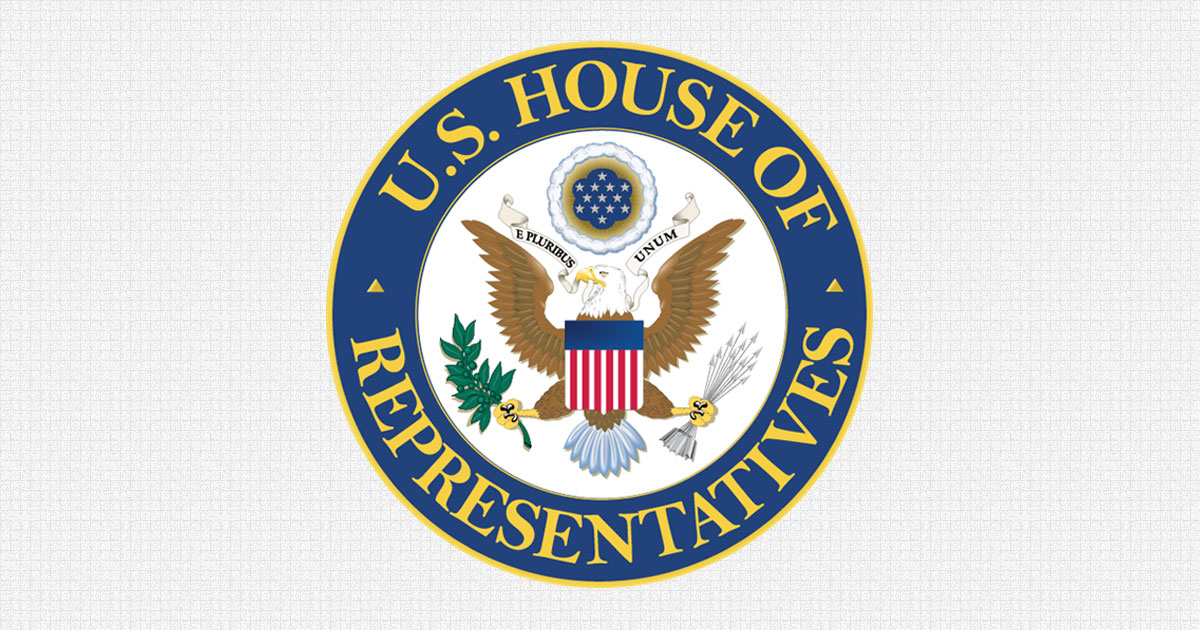I recently traveled to San Francisco, my fifth time in the U.S. and second time to the city of the Golden Gate Bridge. Ten years have passed since my last trip to the country, and I painfully noted how the social condition in America has definitely collapsed. Of course, I’ve been following all the news and reports over the years regarding welfare, homelessness and opioid issues. However, touching the situation firsthand, being a first-hand witness to the social devastation, was a real punch in the gut.
After the first few hours spent around downton and Union Square, I realized that this vacation should also be about gathering data and visual evidence. I felt the need to write and bring my experience to light. In that spirit, I wandered around most of San Francisco, dividing my heart and mind between the beauty of the city (purely in the museums, parks and the coast) and the harshness of the stark reality encapsulated in the more common streets less appealing to tourists.
As a foreigner, America has, from my birth in 1994, always felt to me as a land of promise. Bigger cities, biggest opportunities.
But what happens when an American does not live up to expectations? Will the state have your back with assistance?
If you are a European reader, you will immediately assume that the U.S. federal or state welfare will provide you with help in case of financial crisis or a severe health condition, such as chronic disease.
Well, in the U.S., if you do not live up to your glorious expectations, you will be in trouble: every sort of assistance (educational, financial, medical, estate) will be provided only if you can pay for it.
Why is that?
The U.S. is a land of corporations and capitalism, two key pillars of American society that really do not go along well with a more socialist approach to life. That does not mean that the European continent has a strong socialist system — not at all. Socialism is currently dying, and several EU members only have room for left and right factions (plus extremists, as in cases such as Italy, Hungary and Germany).
Still, social welfare survives on the Old Continent. Croatia, France, Germany, Italy, Portugal and Slovakia all support their citizens by providing free healthcare (Italy), free education (France and Italy), financial ease and superior elderly care (Portugal). Of course, it is not actually free because those services are funded by citizen taxes.
That cannot be said for the U.S., which certainly does not mean it is a tax-free country. It only means that the government decides to use tax dollars for other purposes, such as significant annual investments in the defence department (20%of the Federal Budget).
Given this little explanation, you will probably think that the U.S. government has some control on those who can benefit from a social service and who cannot. Actually not. The U.S. government appears willing to allow those people who cannot afford Eli Lily’s diabetes pens to die, along with those who somehow have access to life-threatening opioids like fentanyl.
But how are medical drugs, financial crisis and homelessness interconnected? And especially in a metropolis like San Francisco, Philadelphia, Detroit and New York.
In 2023, the number of homeless people in the United States increased by 12 percent compared to 2023, for a total of more than 653,000 people (December 2023). This would be the largest increase since 2007, according to a government agency statement.
The surge in homelessness can be attributed to various factors, including the pandemic, the opioid epidemic, food shortages and soaring housing prices, all of which pose significant challenges for low-income individuals seeking to be housed.
The United States is grappling with its worst drug crisis ever, largely fueled by fentanyl and other opioids. With over 1,500 Americans succumbing to opioid-related overdoses each week, these drugs now stand as the primary cause of fatal overdoses nationwide. Illicit fentanyl, a highly potent synthetic opioid predominantly sourced from clandestine operations in China and Mexico, has come to epitomize this crisis in recent years, posing an extraordinary threat to public health.
The origins of the opioid epidemic trace back to the 1990s, when legal pain medications were excessively prescribed, leading to widespread addiction. However, the crisis has escalated in recent years due to the proliferation of inexpensive heroin, fentanyl, and other synthetic opioids trafficked by foreign drug syndicates. This crisis has inflicted severe damage on the economy, posed a threat to national security, and emerged as a significant foreign policy challenge.
Opioids, a category of drugs derived from the opium poppy plant, can be categorized into two main groups: legally produced medications and illicit narcotics. While opioid medications like oxycodone, hydrocodone, morphine and fentanyl are commonly prescribed for severe pain management, methadone is primarily utilized in addiction rehabilitation centers.
The opioid crisis has unfolded in three distinct phases. Initially, in the 1990s, overdose fatalities surged due to the overprescription of opioid-based medications such as Percocet and Oxycontin, despite mounting concerns regarding their safety and efficacy. Subsequently, a wave of illegal heroin abuse emerged in the early 2010s, marking the second phase. Most recently, synthetic opioids, particularly fentanyl, have driven a sharp increase in overdose deaths since around 2013.
Fentanyl was initially produced and prescribed legally as an intravenous anesthetic starting in the 1960s. While it maintains its significance in medical settings, its unlawful production and distribution now pose an exceptional menace to public health.
Numerous reports suggest that the opioid epidemic is inflicting severe damage on the U.S. economy. Among the most staggering and frequently referenced estimates is one provided by the U.S. Congress Joint Economic Committee (JEC), which indicated that in 2020, the opioid epidemic resulted in a cost of nearly $1.5 trillion to the United States, amounting to 7 percent of the gross domestic product (GDP) for that year. This figure represents a one-third increase from the previous measurement in 2017. The JEC forecasted a further rise in these costs due to the escalating number of fatal overdoses. This substantial sum encompasses expenses related to healthcare for overdose treatment, the resources allocated to combat fentanyl trafficking and law enforcement efforts, and the diminished productivity within the workforce. Additionally, it accounts for the economic repercussions of lives lost to overdose and the reduced quality of life for survivors.
Upon close examination, the U.S. homeless figures are similar to those in the entire European continent, including Italy (U.S.: +650.000; EU: 895.000. They also evoke a more pronounced reaction within the world's leading economy, particularly due to the absence of comprehensive welfare systems to alleviate the struggles of the most impoverished individuals. Consider that the EU is a continent, while the U.S. is just one country. Despite many EU members providing a social safety net, however, there are still countries such as Hungary that do not offer real assistance, resulting in a worsening of the statistics in Europe.
While most other developed nations prioritize investment in their citizens through the establishment of robust welfare frameworks aimed at ensuring security, well-being and health, the United States has maintained a disjointed array of programs. In general, social assistance and insurance initiatives are typically meant to assist individuals and families during challenging periods, while also enhancing overall societal well-being. Consequently, they yield superior social and economic outcomes, both in the immediate and long-term contexts. The programs and their benefits are lacking in the U.S.
The United States is falling behind its global counterparts due to a lack of investment in its populace. Prior to the COVID-19 pandemic, life expectancy in the U.S. had remained stagnant over the preceding decade. In contrast, during this same timeframe, life expectancy increased by 1.2 years in the Netherlands, by 1.4 years in the UK, and by 2.1 years in Finland. Additionally, in the U.S., 21 percent of children under the age of 17 live in poverty, nearly double the proportion in Germany. Moreover, the U.S. stands alone among high-income nations in lacking universal healthcare, resulting in thousands of premature deaths annually due to a lack of health insurance. Furthermore, the infant mortality rate in the U.S. surpasses that of Spain, Italy and Sweden by more than twofold.
The preponderance of evidence indicates that offering economic assistance to individuals during challenging circumstances, such as unemployment or unforeseen health issues, yields favorable economic outcomes in both the short and long term, with consequent benefits for well-being and health. Unemployment insurance (UI) serves as a social insurance scheme, providing income support to individuals who lose their jobs involuntarily. UI assists recipients in covering essential expenses such as rent and groceries. While the United States does possess a UI program, when compared to other affluent nations its eligibility criteria are more stringent, benefits are less generous, and the duration of payments shorter. The maximum period for UI benefits in the U.S. amounts to approximately half of the median duration observed in advanced economies.
It should instead allow people the time needed to find new and suitable employment without falling into poverty or debt.
New studies indicate that in no region of the United States can individuals sustain themselves solely on unemployment benefits. Research findings indicate that individuals with adequate access to unemployment insurance (UI) tend to secure employment opportunities that align better with their qualifications, resulting in higher wages and increased access to benefits such as health insurance. These cumulative effects lead to improved future prospects for individuals. Additionally, UI payments play a crucial role in stabilizing incomes for families with children. Household income has significant causal effects on various child outcomes, including cognitive development and academic performance.
Nevertheless, the United States allocates a smaller proportion of its GDP to social welfare compared to the average OECD country.
It may be opportune to challenge what seems to be the U.S. misconception that welfare is merely a cost rather than an investment. Many of us encounter challenging circumstances, but well-designed social protections can prevent individuals from facing financial ruin during such times. Instead, robust social policies can furnish individuals with sufficient and dependable support, yielding immediate benefits for recipients and broader economic advantages in the long term. For instance, establishing a comprehensive social safety net can furnish enough stability for individuals to pursue innovative endeavors. The failure to prioritize such investments is a key reason why the United States lags behind other developed countries on numerous fundamental indicators of social progress. The United States could glean valuable insights from observing strategies employed by other industrialized nations, as they offer valuable lessons and evidence to bolster such investments.
Finally, from a personal perspective, this trip and the subsequent research scared me, reinforcing what I already presumed more than 10 years ago: the United States is among the cruelest realities I have ever seen. I’ve had the opportunity to visit developing countries, or countries experiencing widespread unfavorable conditions, but in those cases it was different. In other countries, the unfavorable conditions are more widespread throughout the population (despite the fact that there may be a small ultra-rich percentile). In the U.S., the contrast is stark, a large portion of the population (the winners of the capitalist system) is affluent and can afford rents of over $2,500 a month; those who cannot thrive within the harsh capitalist system do not get a second chance. They are taken for lost, not worthy of attention, a mere cost.
I think this is a time to pause and consider. The wealthiest country in the world is not going to save you if, for whatever reason, you are not able to reach a threshold of productivity and contribution that meets the standards required by that government.








